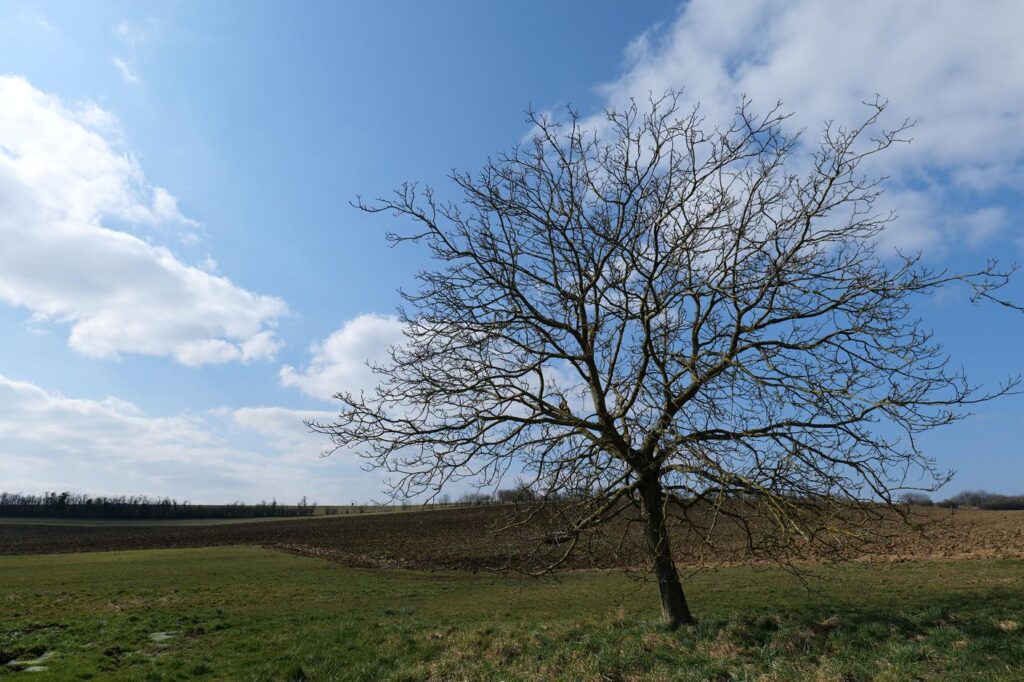There are many invitations around to care less about the process than about the result.
It’s the invitation to get good grades, it’s the idea to “fake it until you make it” or it’s “you made it, who cares how?”
This focus on results is also one that is about being successful. It almost implies that it is possible to become successful without thinking about failures.
Richard Feynman suggested a different attitude: “Don’t just teach your children how to be successful, teach them how to respond when they are not successful, teach them how to handle failures and learn from their mistakes.”
His idea, however, is also on the success vs. failure scale. It is also based on results, this time, the ones that didn’t work.
This success vs. failure approach is often dominant in organizations. They will celebrate when success is there, and they will look for the problem or the person to blame when something looked like a failure.
This works quite well, as long as we are looking at tangible work. That is, something we can easily imagine and almost take into our hands. That is when it is somewhat easy to decide between right and wrong.
In coaching and thinking work, this approach doesn’t work. There is rarely a clear indication of what it is, that worked and what it is, that didn’t work. And there are too many factors contributing to the result to be able to pinpoint where the error or the success factor was.
That is where the process steps in. The process here is, everything that is happening between those involved in doing the work. It involves what is within as well as outside our direct awareness. Take the stories people share, the way they share these stories, their emotional reaction to them, what people think, etc.
It all shapes the path used to get the work done.
In the work as a coach, the ability to be aware of all these elements in the process needs to be aligned with the ability to be conscious and as clear as possible of how we shape the process.
It’s a learning process that doesn’t happen by itself. It goes beyond practice and organizational habits.
It involves going back into the coaching work done and investigating how the process worked out. It means to see how the different steps followed one another, comparing expectations with outcomes, thinking about the different options available, and how the one chosen made sense. It also means to think about all the phenomena that weren’t accessible while doing the work.
Reviewing our work in such depth is incredibly rich and humbling.
It lacks the excitement of doing the work and gives the time to think that isn’t available while in action.

